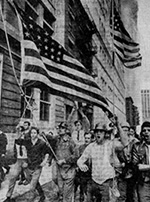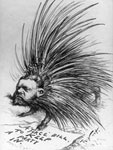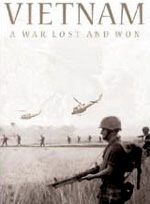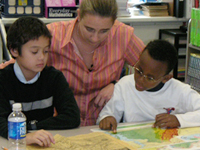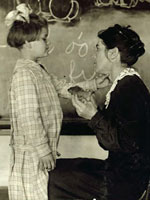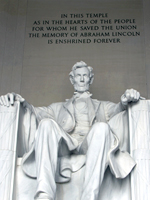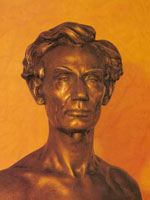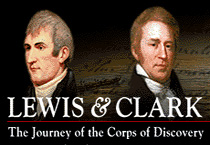Teaching history is not only about teaching students what happened in the past; it’s about teaching them how to think about the past. Many students instinctively employ modern perspectives when reading historical documents—a practice historians call "presentism." Students have to be taught to "think contextually," learning to recognize how the past differed from the present. In a significant study, Sam Wineburg revealed that even among teachers contextual thinking is a unique skill that needs to be intentionally developed.
Wineburg and his colleagues worked with 12 pre-service teachers participating in a fifth-year certification program at the University of Washington. They asked those teachers to "think aloud" and make visible how the teachers thought about six historical documents from the nineteenth century.
In this small study, being a history major turned out not to be a reliable predictor of being able to contextualize historical documents. Even college students with strong history content knowledge can fall prey to presentism. The most sophisticated historical readers, on the other hand, build a social context for the historical documents they are reading, drawing inferences from each document, establishing a spectrum of ideas for the period, and reading multiple documents in conversation with each other.
Drawing Inferences from Documents
Historical documents tell readers something not only about their author, but also about the world in which he or she lived. One document from the study, for instance, is a campaign speech made by Abraham Lincoln, in which Lincoln seemingly reveals deep bigotry toward African-Americans. But Lincoln’s words cannot be separated from the occasion on which they were uttered, the location of the debate, or the kinds of people who were in attendance. In short, the speech may tell us something about Lincoln, but it may tell us even more about middle America in 1858.
Establishing a Spectrum of Ideas
In order to build a social context for understanding historical documents, students need to have a general understanding of what people thought about particular issues at that time. In the case of Lincoln’s comments on race, students can better understand the context in which he made them by reading documents written by defenders and opponents of slavery. Examining excerpts from white supremacist John Bell Robinson and abolitionist William Lloyd Garrison, for instance, helped successful readers understand how slavery was understood in Lincoln’s own time.
Reading Across Documents
Looking at the ways in which different documents from the same period inform each other is another way of building the social context of the past. The technique, which historians call "intertextual reading," involves reading each document with the others as backdrop, weaving them together to bring to life the world of the past.
